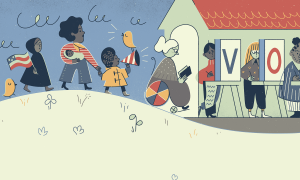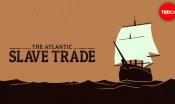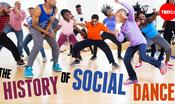article
Having the Talk

Jeremiah and Noelle's teacher wants them to talk to their families about voting. What they learn from those conversations takes everyone by surprise.


Allegations of sexual assault and harassment have dominated the news this week. This edition of The Moment offers resources that can guide you through tough but necessary classroom conversations about consent and responsibility.




When it comes to investing in racial justice in education, we believe that the South is the best place to start. If you’re an educator, parent or caregiver, or community member living and working in Alabama, Florida, Georgia, Louisiana or Mississippi, we’ll mail you a free introductory package of our resources when you join our community and subscribe to our magazine.